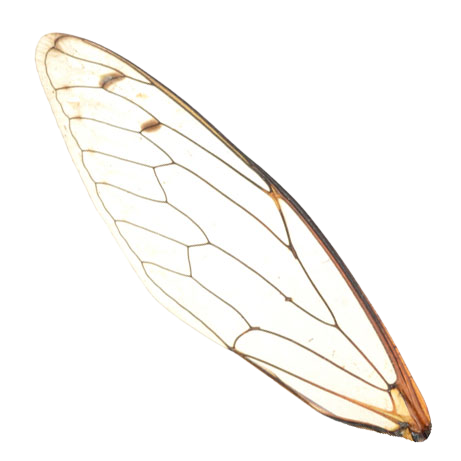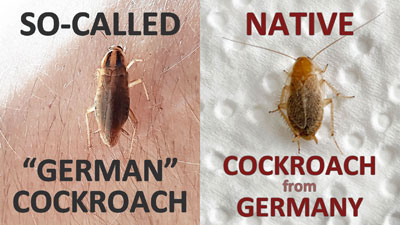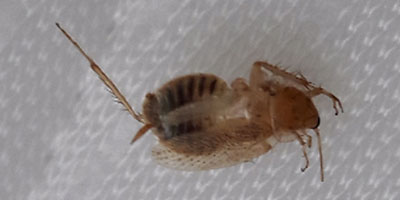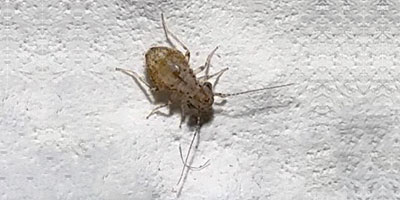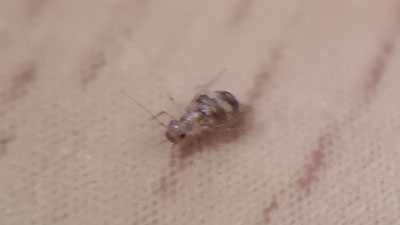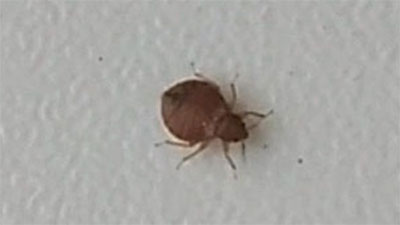Look at the dusky cockroaches Ectobius lapponicus – when people find them in the house, they are often frightened, mistaking them for German cockroaches:
Indeed, in appearance, the dusky cockroach looks a bit like the croton bug: it has approximately the same size, similar body shape and similar coloring.
At the same time, Ectobius lapponicus is not a pest and does not live permanently in human housing. Even when single individuals appear here, it happens accidentally and the situation never reaches the point where these cockroaches begin to spoil food and breed in the house among the furniture.
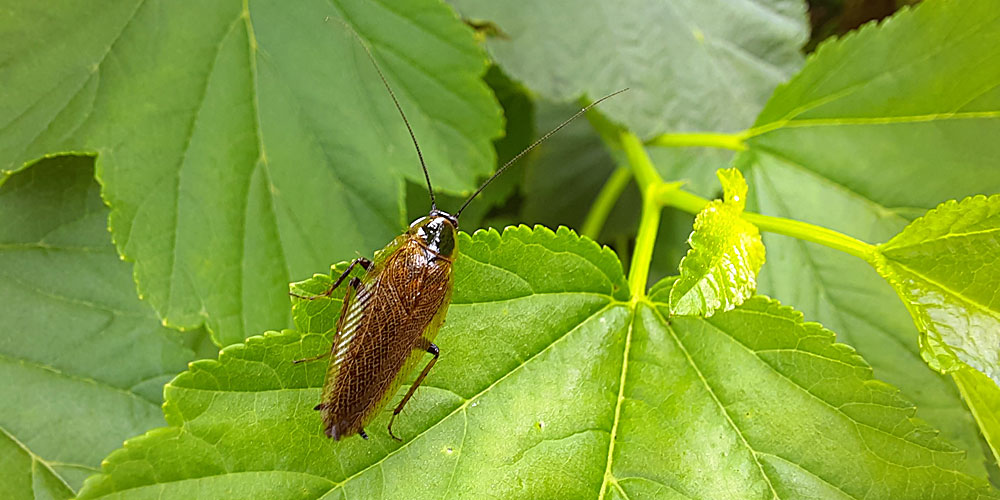
Despite this, many people do not even admit the idea that in temperate latitudes cockroaches can live near houses and in the wild in general. Insects of this group have a stable image of tropical inhabitants who are not able to survive in the wild to the north from subtropical latitudes. And if a non-biologist found such cockroaches in central or northern Europe, or in the northern states of the USA (not to mention Canada), he or she unwittingly believes that these insects must live in houses, eating and soiling human food here.
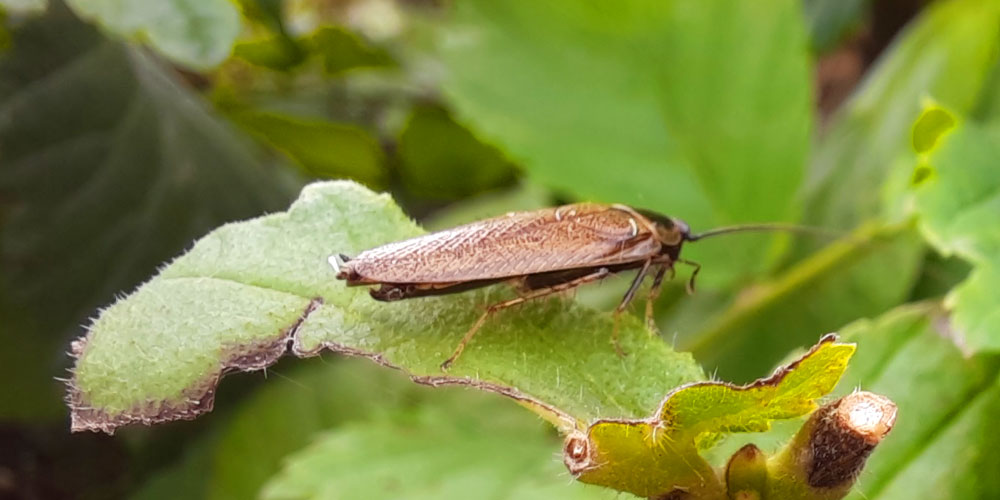
In fact, there are a lot of relatively “northern” cockroaches. All of them safely live and breed without any relationship with the people, but sometimes they can accidentally appear near people’s houses and even inside it.
These individuals from the video, for example, are modestly swarming in the bushes in the center of a small tourist town in the Ukrainian Carpathians, and any of them can literally fly to the wall of the nearest house in just a few minutes.

It is interesting
In the USA, dusky cockroaches were first discovered exactly inside a house – the tenants who lived in the house of an entomologist caught such insects and sent them to the landlord for identification. He recognized them as Ectobius lapponicus, a species that had never been seen in the United States before. After that, entomologists began to find them in the wild across many states.
At the same time, not being able to survive in houses and not being adapted to feeding on food stored in the house, dusky cockroaches do not damage anything here and do not cause any trouble.
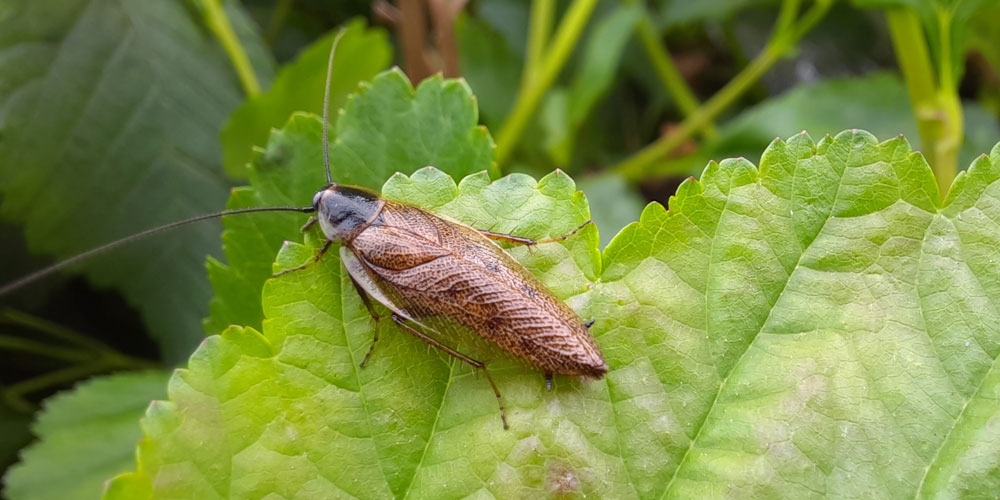
In other words, Ectobius lapponicus in the house are as innocent guests as night moths flying into the light. They end up here by accident, they don’t harm anyone, and it’s easy enough to throw them out if you come across them.
But before you light-heartedly throw them out the window, it is a good idea to make sure that these are dusky cockroaches and not german ones. Because if you have croton bugs in your house, it will be much more difficult to get rid of them.
These species are easy to distinguish. Just look at the pronotum – the part of the insect body behind the head and in front of the wings. Its coloration is the most obvious diagnostic sign:
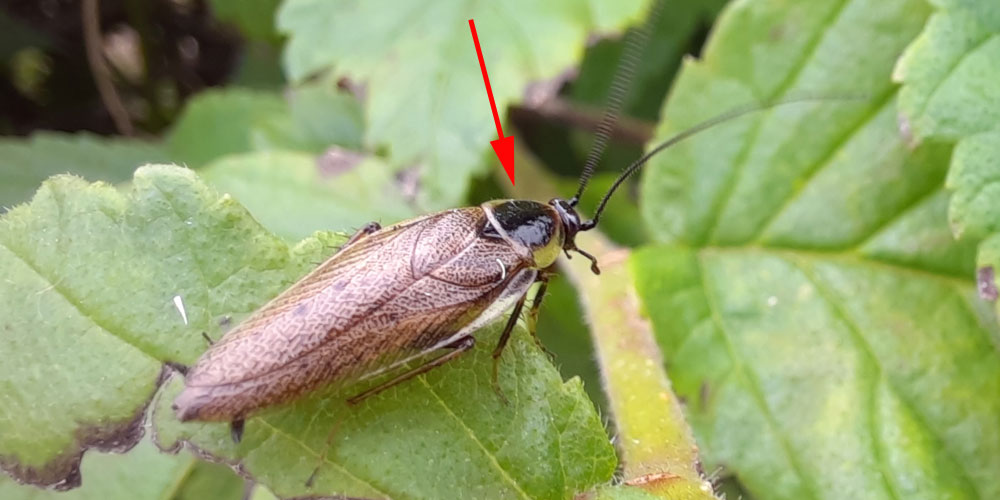
German cockroaches have two longitudinal black stripes on their red pronotum. These stripes are present in both adult males and females, and in nymphs of all ages:
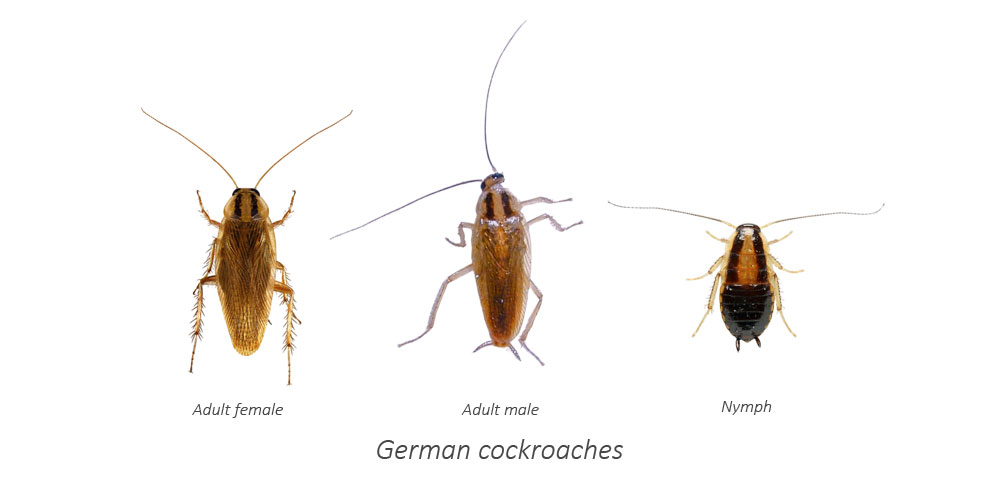
In dusky cockroaches, the pronotum is colored differently. In males it is black with a narrow light reddish border along the edge:
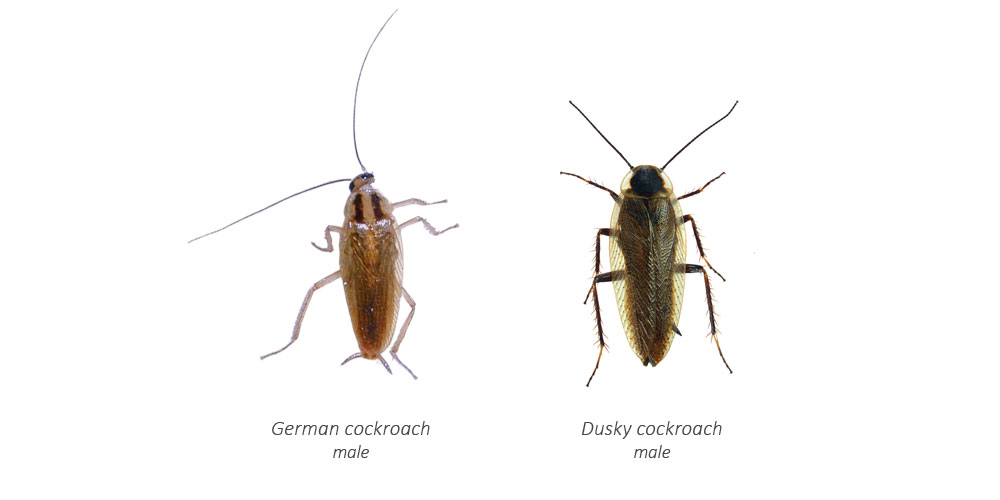
And the female Ectobius lapponicus has a completely red pronotum without any additional decorations:
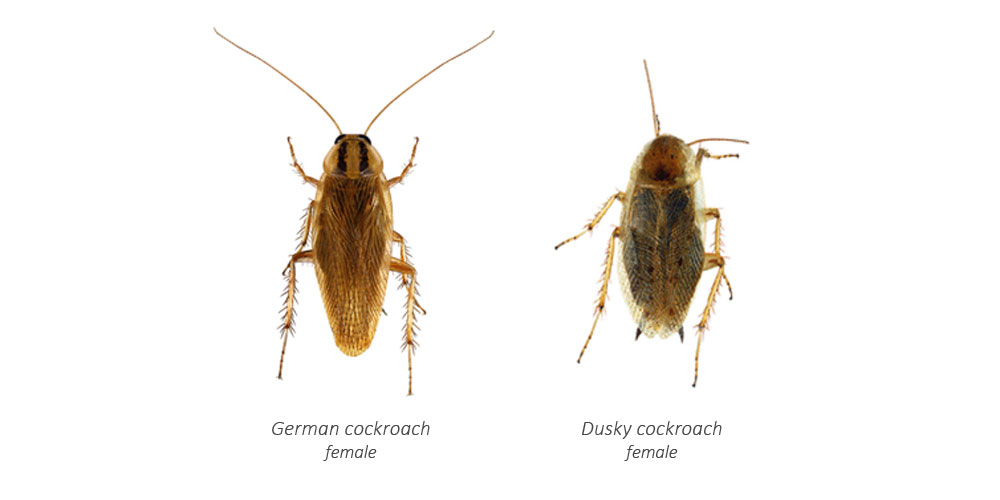
Also, the general coloring of the tegmina of dusky cockroaches is slightly darker and more brown than that of red cockroaches. From a distance, at least males Ectobius lapponicus appear almost brown, while the German cockroaches look more red.
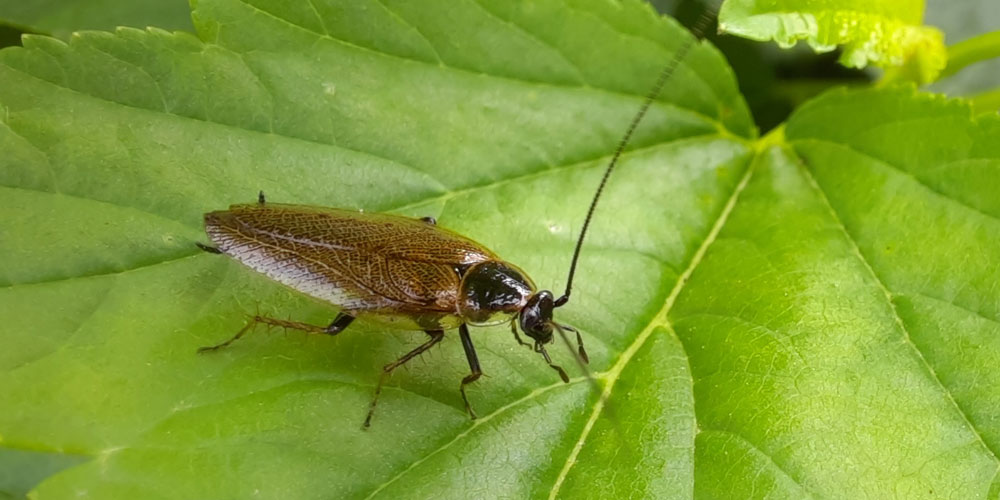
Therefore, if you come across such cockroaches at home, or near the house, or just in nature, do not rush to squash it. Take a closer look at its back: perhaps it is just a lost outdoor dweller which will not harm you in any way.
And if even after examining the insect, you still have doubts, take a photo and video of it, and then send these materials to me. We’ll try to figure out what has come into your home.
